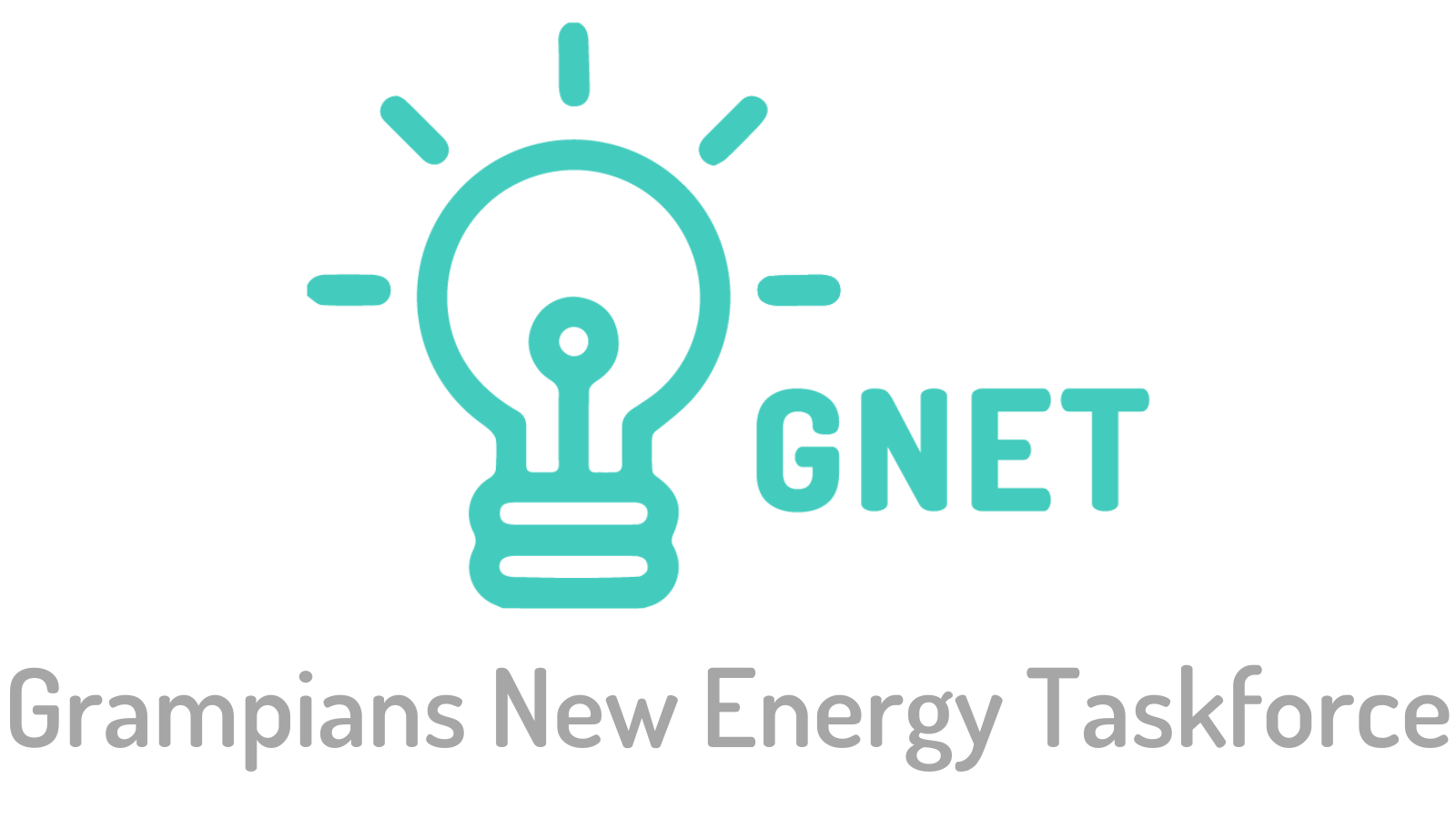“Thinking ahead, how can we guide and support the renewable energy transition now, to not only ensure our regions have secure and affordable renewable energy but that they also share in the long-term benefits of developing a zero-emissions economy”
The Grampians Region is already leading the way in Victoria’s renewable energy generation with a large number of wind farms already operating and providing real benefits to local communities and economies. This includes one of Victoria’s first community owned wind farms. In addition there are a number of innovative waste to energy initiatives powering hospitals and other enterprises, and a strong interest in growing generation through the utilisation of waste, both domestic and agricultural streams.
More recently, the region has seen large scale, integrated and stand-alone, wind and/or solar and battery storage projects being approved. These projects are creating new jobs in rural areas which have been experiencing slow decline for several years. The attraction of new investment and the opportunities created by access to reliable, affordable and sustainable power in remote locations has the capacity to transform the prospects of these communities.
Our industries and institutions demand energy security in order to continue operating in our region. New industrial precincts have been established to cater to industries seeking to power themselves through renewable energy sources, while others are entering supply agreements with local generators to improve their green credentials and meet changing global and domestic market expectations.
Many of our communities have set bold targets for reducing their carbon footprints to zero net emissions and are actively working towards these goals.
While energy generation of any kind creates a burden on communities through changed land use, landscapes and other impacts, it also creates unprecedented opportunities to secure long term benefits for those communities. Ensuring that the benefits are shared by those communities who have also to shoulder the burdens associated with generation, and that these benefits are applied strategically to deliver the greatest value requires a planned and coordinated approach.
While the region affords generators, businesses, communities and households tremendous opportunities, it is also true that there are a range of constraints that will impede our capacity to realise all of the potential benefits. The limitations of the current transmission infrastructure will constrain the opportunities for new generators to connect to the national energy grid, at least in the short term. Challenges including policy certainty, training and workforce availability, parochialism and many others potentially act as barriers to achieving our vision for the region.
Maximising the opportunities and benefits of our region’s transition to a low carbon economy requires, above all else, strong regional leadership across all tiers of government and industry. It will require bold and visionary leadership to re-imagine our future, that is less dependent on carbon based energy generation, and to foresee the opportunities that this creates. It will require brave leaders to work for the greater good of the communities across our entire region, not just their own.
Victoria’s power system is undergoing unprecedented change, and it is critical that reliability of supply to consumers is maintained during this transition. The pathway to a low carbon future and secure energy supplies, requires increases in network capacity to enable the transport of large quantities of renewable generatio

